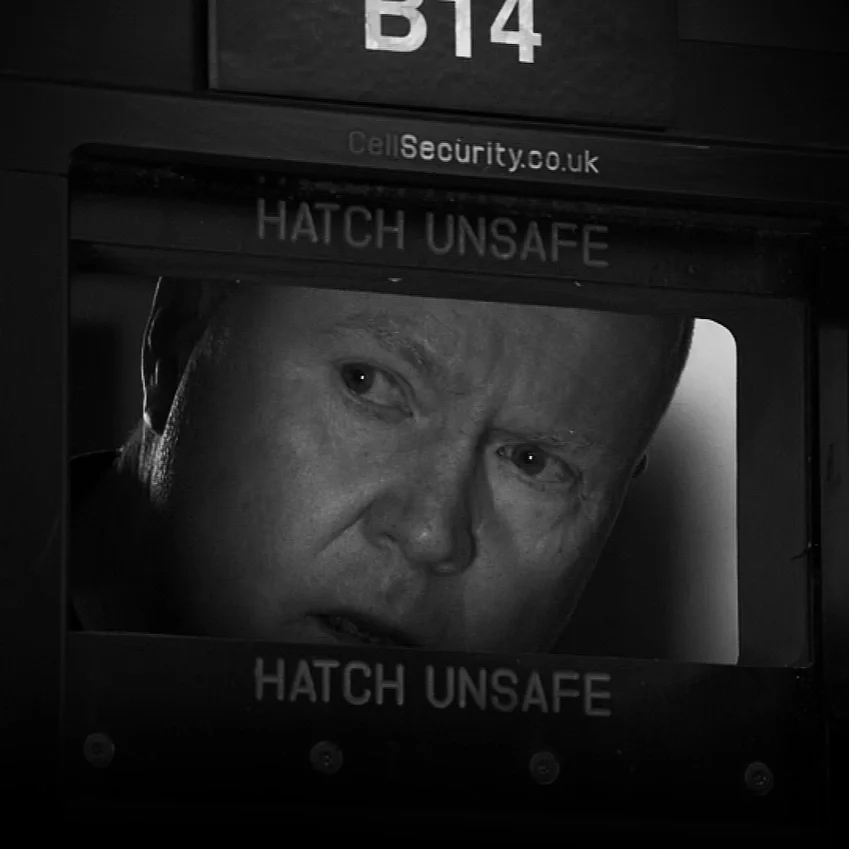So Let’s Do This: How Great Product Managers Move The Room
In every newsroom and product room I’ve worked in, there’s a point where the oxygen thins. Great intentions fog up the glass. Smart people talk past each other. The edges of the problem blur into process, politics, and the kind of virtuoso analysis which gets applause but obfuscates outcomes. This is usually where I take a breath, wait for the right micro-silence, and say four words I’ve learned to treat like a handbrake and a propeller at the same time:
So, let’s do this.
It’s not a catchphrase. It’s a compact leadership move. Both punctuation and propulsion which turns conversation into clarity. Each word carries work.
So is a hinge. It signals synthesis. We’ve listened, we’ve debated, we’ve chewed the gristle. Now we’re going to move. It respects the past ten minutes (or ten months) without relitigating them. I’ll often earn the So by paraphrasing the room first. We’ve heard that conversions dipped after the redesign, the data isn’t conclusive on the new flow, and Legal needs three days on the copy, so let’s do this. The So lands as a pivot, not a power play. It’s the period on what’s been said and the green light on what’s next.
Let’s is the invitation. It shrinks distance. Instead of you need to or I decided, it binds momentum to the group. As product managers, our authority doesn’t come from owning code or headlines. It comes from curating forward motion. Let’s is how you enroll Designers and Engineers who were just debating pixels and payload sizes into a single impulse toward delivery. It’s not performative consensus; it’s practical unity. People move faster when they feel the inclusive movement belongs to them.
Do is the verb. Not discuss. Not consider. Not explore. Do. We don’t need more adjectives. We need a plan we can see on a calendar and in a changelog. Do also quietly brackets scope. It forces us to name the smallest next unit of progress which meaningfully de-risks the bigger bet. A prototype, an A/B, a spike ticket, a live-ops tweak.
This is the decision. Specific, observable, and easy to contradict if wrong. This clarifies the noun we’re acting on. This = ship the 2-step checkout variant to 10%. This = pause the rebrand exploration until we instrument step-drop analytics. This = cut the meetings and set up a shared doc with owner + due date. If This is fuzzy, we’re not done.
Let’s play it out in practice.
In a design review spiraling between two compelling directions, one which harmonizes with the brand, one that converts better on mobile, we’ll listen for three or four rounds, note where signal separates from noise, and then step in.
So let’s do this What I’m hearing is that Option A is on-brand and Option B is faster for thumbs. Let’s choose conversion now and brand harmonization next. Let’s do a 7-day test: ship B to 50% of mobile traffic, annotate the metrics we care about (checkout completion and time to complete), and schedule a follow-up next Wednesday with the results. This is a product bet on speed; we’ll correct the brand delta in the next sprint.
Everyone knows the why, the what, and the when. We didn’t solve identity. We shipped a decision.
In a cross-functional prioritization, Finance is pushing a revenue refactor, Editorial wants a new homepage hero system, and the Platform team needs time for dependency cleanup. Tension is high because everything is a P1 and everyone has a chart. Let’s frame it like this:
So let’s do this. We have three urgent asks and one capacity reality. Let’s pull one lever we control: cycle time. Let’s do a two-week capacity carve-out—60% to revenue refactor, 25% to platform debt, 15% to hero experiments—with explicit exit criteria. This means: refactor ships when we see +2% lift or two runs with no lift; platform closes when CI time drops below 7 minutes; hero experiments stop if no click-through lift by day 10. We’ll revisit in the portfolio review on the 14th. This is the portfolio split for the next two weeks.
The point isn’t perfection; it’s bounded change. This includes the review date. We move, then we measure.
During an incident, for example an outage tied to a caching layer, emotions spike. People default to storytelling or blame. It’s tempting to over-narrate. The same four words keep us honest:
So let’s do this. We’ve confirmed caching issues in the EU region and a 500 spike. Let’s swarm with one comms owner and one fix owner. Let’s do three actions in parallel. Throttle traffic to 70% in EU, roll back to build 341, and post a status page update in five minutes. This is our stabilization plan for the next 15 minutes; we’ll reassess at :30.
When a decision has to travel fast, you cut to Do and This while preserving Let’s. Ownership is explicit, keep the loop tight.
Even with executives, the move scales. In a quarterly review, an SVP asks why growth is flat despite more features. After a few slides:
Feature velocity is up, but activation hasn’t moved. So let’s do this. Let’s stop building for breadth and tune for depth. Let’s do two things this quarter: a ruthless pruning of signup steps and a pathing study to get first value under 90 seconds. This is where we’ll focus our OKR: ‘Increase 7-day activation from 22% to 29% by simplifying account creation and first task.
Notice that This ladders directly into the company’s scoreboard, not a vague ambition.
There are subtleties which make the technique work.
First, you have to earn the So. It’s not a conversational bulldozer, it’s a synthesis marker. If you haven’t genuinely listened, and reflected the best arguments from each seat, So reads as I’ve been waiting to talk. Others can smell that. Earning the So is as simple as repeating back, crisply, the three things which matter and naming the tradeoff you’re about to make. When people hear and recognize their voices in your summary, they’ll walk with you.
Second, Let’s isn’t passive. It’s an invitation with an owner baked in. I always attach a name and a clock: Let’s do X. Cara owns the spike, Ed owns the metric, I’ll remove the Legal blocker, by Friday 3pm ET. This dissolves the fog of collective responsibility without slipping into command-and-control.
Third, Do should optimize around the smallest valuable thing. For example, if we can’t put it on a ticket with a Definition of Done, it’s not yet a Do. I ask: Could someone start immediately? Could they know when they’ve finished without me in the room? Would a new team member understand the point of the task on day two? If not, I keep shaving the language until it passes those tests.
Fourth, This is a single choice, not a bundle of wishes. If you hear this and this and also that, you’ve lost the knife edge. One This. If we need multiple This items, we stack them in sequence with review gates, not in vague parallel obscurity.
There’s an important psychology to the four words. In hope theory terms, So is agency (we can move), Let’s is belonging (we will move together), Do is pathway (here’s the path), and This is goal (here’s where we’re going next). It counteracts decision fatigue by collapsing the choice architecture. It builds team resilience because we foster the experience of material progress during uncertainty. Over time, teams anticipate the cadence and start arriving with their own So, let’s do this proposals. That’s when you know culture has absorbed the move.
There are anti-patterns. So, let’s do this cannot paper over data we refuse to gather, or actions we refuse to take. It’s not a substitute for clarity on success metrics. It’s not a way to win arguments you’re losing. If the room lacks the preconditions for a good decision, no baseline, no owner, no time, then the right This is pause and instrument or escalate ownership, not ship something because we’re all impatient. The technique is powerful because it tightens loops, not because it bypasses them.
If you lead a product team, your calendar is likely a museum of avoided decisions. The meetings which felt worst weren’t the ones with shouting. They were the ones that ended with nothing to do. So, let’s do this is a small tool with a big surface area. It respects intelligence without indulging inertia. It transforms ambiguity into motion, together. It treats leadership as the craft of naming the next right action. And then taking it.
So, let’s do this. Pick one room this week where the air gets thin. Listen harder than you talk. Earn your So, invite with Let’s, cut to Do, and put a clear This on the table with an owner and a clock. Write it down. Review it on the day you promised. Then do it again. That’s how products ship, how teams learn, and how momentum becomes culture.
I hope you find this helpful.
Latest Articles






















